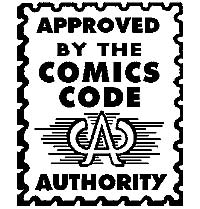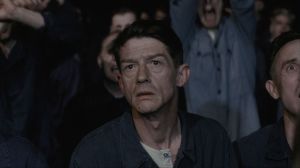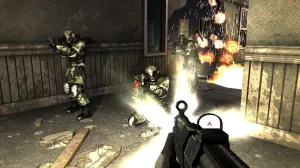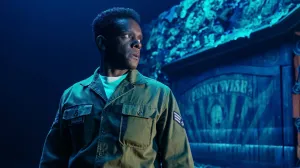Videos by ComicBook.com
The seal meant that the book it was attached to had passed muster by the Comics Code Authority, the regulatory group run by the Comics Magazine Association of America. This meant, practically speaking, that the code was funded by the comics industry as the CMAA is essentially a trade association, not unlike a union or a political action committee. Still, the Code was deeply flawed from the outset and there are several famous instances in which creators like Stan Lee and Dennis O’Neill had to circumvent, defy or ignore the Code in order to get their books printed. Its power diminished substantially over the years, from the 1950s when it was basically impossible to have national distribution of a comic without their approval until 1999 when Marvel Comics abandoned the CCA in favor of its own in-house ratings system. The purchase of the rights–which will allow the CBLDF to sell licensed properties such as t-shirts to benefit the nonprofit organization’s work–comes during Banned Books Week, a national week of recognition of the “right to read” wherein people discuss and read books that have historically been banned, censored or challenged by government, schools and libraries. “As we reflect upon the challenges facing intellectual freedom during Banned Books Week, the Comics Code Seal is a reminder that it’s possible for an entire creative field to have those rights curtailed because of government, public, and market pressures,” Said CBLDF Executive Director Charles Brownstein. “Fortunately, today comics are no longer constrained as they were in the days of the Code, but that’s not something we can take for granted. Banned Books Week reminds us that challenges to free speech still occur, and we must always be vigilant in fighting them.”









